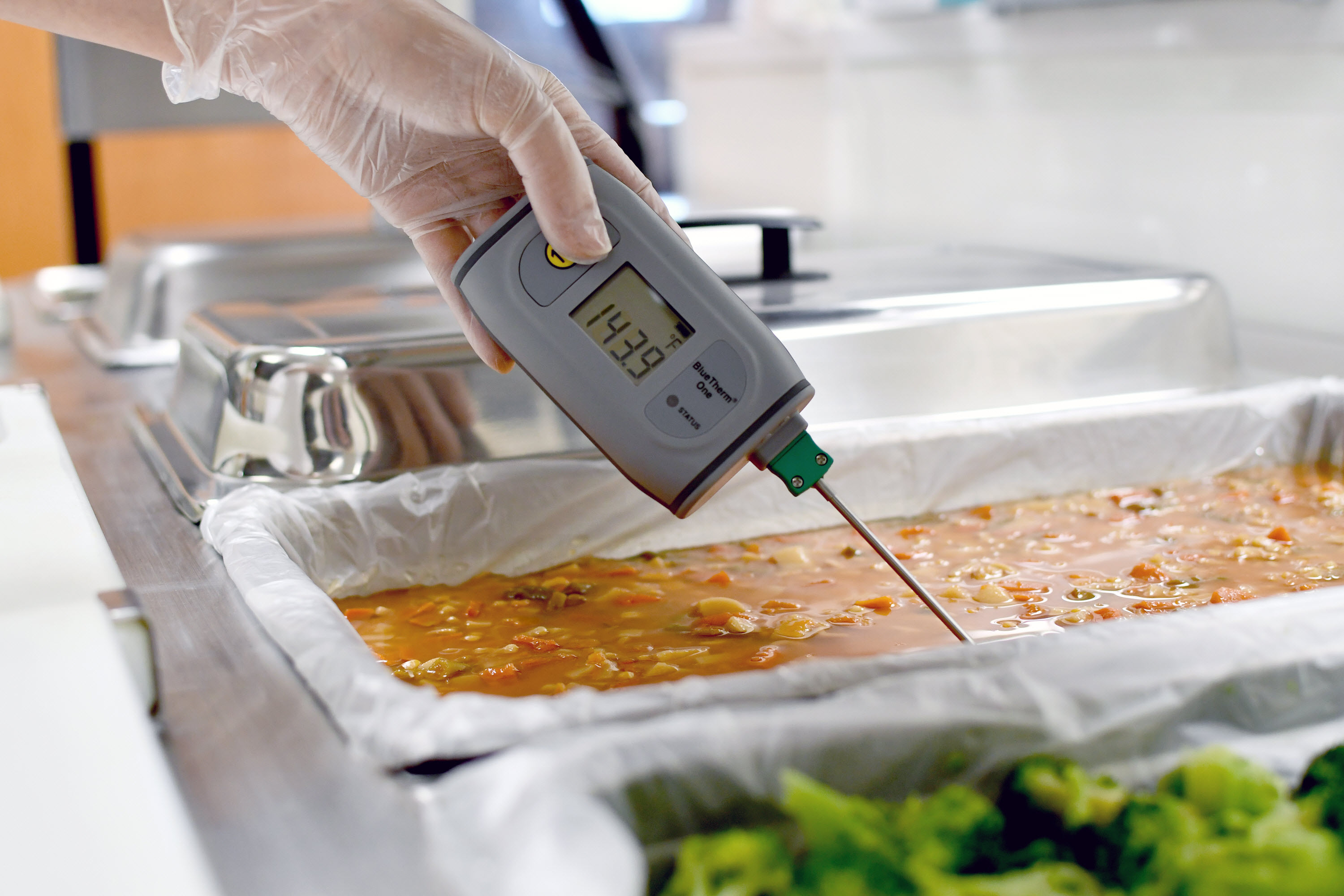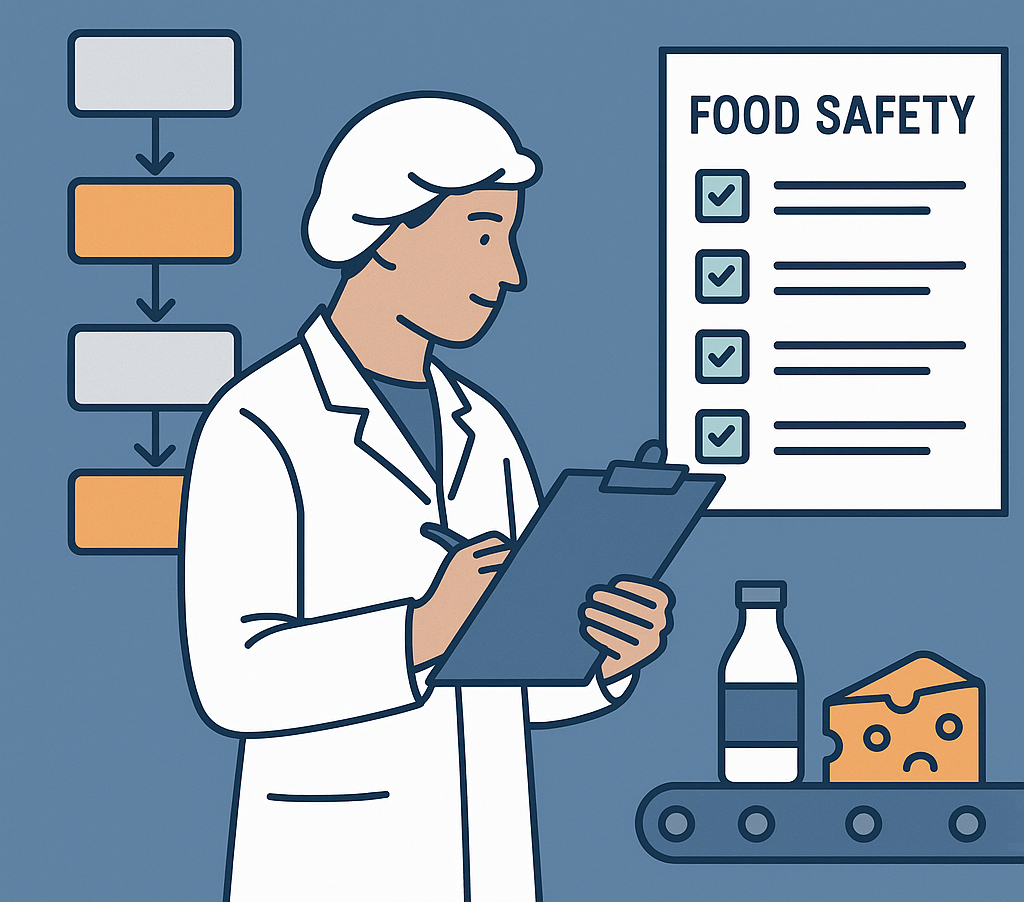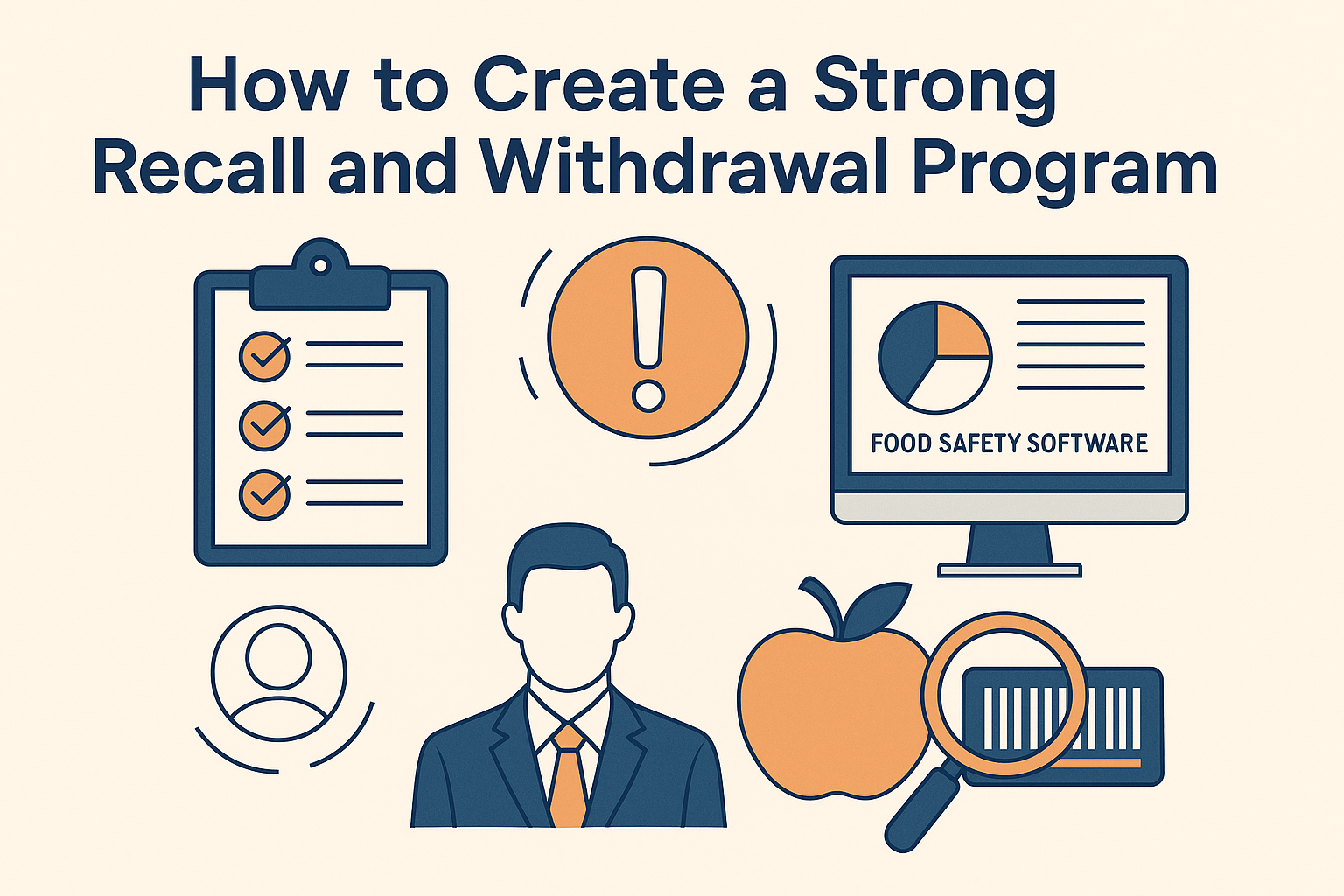Smarter Food Safety: Leveraging AI and IoT for Real-Time Temperature Monitoring
In the fast-evolving landscape of food production and distribution, ensuring food safety is no longer a reactive process. With increasing regulatory scrutiny, heightened consumer awareness, and complex global supply chains, food safety professionals and C-level executives in the food industry are embracing smarter, tech-enabled approaches to safeguard public health and maintain brand integrity. One of the most promising innovations in this domain is the integration of Artificial Intelligence (AI) and the Internet of Things (IoT) for real-time temperature monitoring.
This blog explores how these technologies are revolutionizing food safety by providing continuous, intelligent monitoring and control, enhancing traceability, and preventing costly product losses.
Understanding the Importance of Temperature in Food Safety
Temperature control is a cornerstone of food safety. From farm to fork, maintaining products within safe temperature thresholds prevents the growth of harmful bacteria such as Listeria, Salmonella, and E. coli. Even brief deviations can render food unsafe, leading to recalls, legal consequences, and reputational damage.
Traditional temperature monitoring methods, such as manual logging or basic digital thermometers, are time-consuming, prone to human error, and often fail to provide the real-time visibility needed in today's high-speed food environments.
Enter AI and IoT.
What Are AI and IoT in the Context of Food Safety?
Internet of Things (IoT) refers to a network of physical devices embedded with sensors and connected to the internet. These devices collect and transmit data in real time, enabling continuous monitoring of conditions like temperature, humidity, and location.
Artificial Intelligence (AI) involves systems that can analyze large volumes of data, recognize patterns, predict outcomes, and make decisions or recommendations without direct human intervention.
Together, these technologies can drastically improve how temperature is monitored and controlled in the food supply chain.
Benefits of AI and IoT for Real-Time Temperature Monitoring
-
Continuous Monitoring and Instant Alerts
-
IoT sensors installed in refrigeration units, transportation vehicles, or storage facilities provide 24/7 temperature monitoring.
-
If temperatures deviate from acceptable ranges, alerts are sent instantly to the responsible personnel, enabling rapid response.
-
-
Data-Driven Predictive Analytics
-
AI analyzes historical and real-time data to predict potential equipment failures or temperature deviations before they occur.
-
This allows proactive maintenance and reduces the risk of product spoilage.
-
-
Improved Traceability
-
Every data point captured by IoT devices is logged and time-stamped, creating a transparent temperature history for each batch or shipment.
-
Food traceability software integrates with IoT systems to streamline audits and regulatory compliance.
-
-
Reduced Labor Costs and Human Error
-
Manual temperature checks require staff time and are susceptible to inaccuracies.
-
Automation via IoT minimizes this burden, allowing staff to focus on higher-value tasks.
-
-
Enhanced Regulatory Compliance
-
Compliance with food safety regulations such as HACCP, FSMA, and CFIA guidelines often requires extensive documentation.
-
IoT and AI ensure that this data is not only collected but is accurate, centralized, and easily retrievable.
-
Step-by-Step Approach to Implementing AI and IoT in Food Safety Operations
Step 1: Assess Your Temperature Monitoring Needs
Begin by identifying the critical control points (CCPs) across your production and supply chain where temperature monitoring is essential. These might include:
-
Cold storage facilities
-
Transport vehicles (e.g., refrigerated trucks)
-
Processing rooms
-
Display units in retail environments
Step 2: Choose the Right IoT Sensors
Not all temperature sensors are created equal. Key features to look for include:
-
Accuracy and reliability in extreme conditions
-
Wireless connectivity (Wi-Fi, Bluetooth, LoRa, or cellular)
-
Battery life and durability
-
Compatibility with your existing systems
Place sensors at key CCPs and ensure they are calibrated correctly.
Step 3: Integrate with Food Safety Software
Choose a robust food safety software platform that integrates seamlessly with your IoT devices. For example, NORMEX offers real-time dashboards, automated record-keeping, and analytics tools that help convert raw sensor data into actionable insights.
With an integrated system, you can:
-
Set temperature thresholds and receive automated alerts
-
Generate compliance-ready reports
-
Visualize trends and patterns over time
Step 4: Leverage AI for Predictive Insights
AI takes your data beyond monitoring. By analyzing patterns in temperature data, AI can:
-
Predict when a cooler is likely to fail based on past fluctuations
-
Recommend optimal delivery routes to minimize exposure time
-
Detect anomalies that human observers might miss
These insights help food companies act preventively, not just reactively.
Step 5: Train Your Team and Define Protocols
Even the best technology needs a knowledgeable team. Train your staff on how to:
-
Respond to alerts
-
Perform calibrations and sensor maintenance
-
Interpret data reports
Establish standard operating procedures (SOPs) for different alert scenarios to ensure consistency and accountability.
Step 6: Validate and Continuously Improve
Once the system is operational:
-
Periodically validate sensor data with manual readings
-
Review analytics dashboards for improvement opportunities
-
Collect feedback from users to refine processes
AI systems improve with data over time. Regular updates and re-training of AI models will enhance their predictive accuracy and relevance.
Real-World Examples
1. A National Meal Kit Company
Faced with customer complaints about spoiled ingredients, a meal kit company installed IoT temperature sensors in its delivery trucks. Integrated with AI analytics and food safety software, the system predicted cooler failures and rerouted deliveries in real-time. The result? A 95% reduction in spoilage-related complaints.
2. A Regional Dairy Processor
To comply with strict temperature documentation requirements, a dairy processor deployed IoT sensors in their cold storage and transport vehicles. Their food traceability software automatically logged all readings. During an unannounced audit, they generated compliance records within minutes, impressing regulators and avoiding potential penalties.
3. A Multinational QSR Chain
This quick-service restaurant (QSR) chain implemented AI-powered monitoring across thousands of locations. The system flagged anomalous patterns like doors left open or power failures, reducing temperature excursions by 80% and saving over $2 million annually in wasted food.
The Role of Food Traceability Software
Traceability is integral to modern food safety. Beyond simply knowing where a product came from, food traceability software ensures that every step of its journey—storage, transport, preparation—meets defined safety standards.
Integrating temperature data with traceability tools:
-
Creates an unbroken chain of custody
-
Simplifies root-cause analysis in case of contamination
-
Enhances consumer confidence with verifiable freshness records
Why Act Now?
Ignoring the advantages of AI and IoT in food safety is not just a missed opportunity—it’s a risk. As regulations evolve and competition intensifies, businesses that fail to modernize will struggle to keep up.
Investing in smarter food safety systems is an investment in:
-
Product integrity
-
Brand protection
-
Operational efficiency
-
Regulatory compliance
The technology is here, it’s proven, and it’s increasingly affordable.
Ready to See It in Action?
If you’re ready to modernize your food safety operations with AI and IoT, we invite you to experience a live demo of NORMEX’s integrated food safety software.
See firsthand how you can:
-
Monitor temperature in real time across all locations
-
Get predictive alerts to prevent losses
-
Ensure full traceability and compliance
Conclusion
Real-time temperature monitoring powered by AI and IoT is no longer the future—it’s the standard for smart, scalable food safety. By shifting from manual checks to intelligent, automated systems, food businesses can ensure product quality, meet regulatory demands, and protect public health.
Don’t wait for a recall or compliance breach to take action. Join the movement towards smarter food safety—because when it comes to temperature control, every degree matters.







